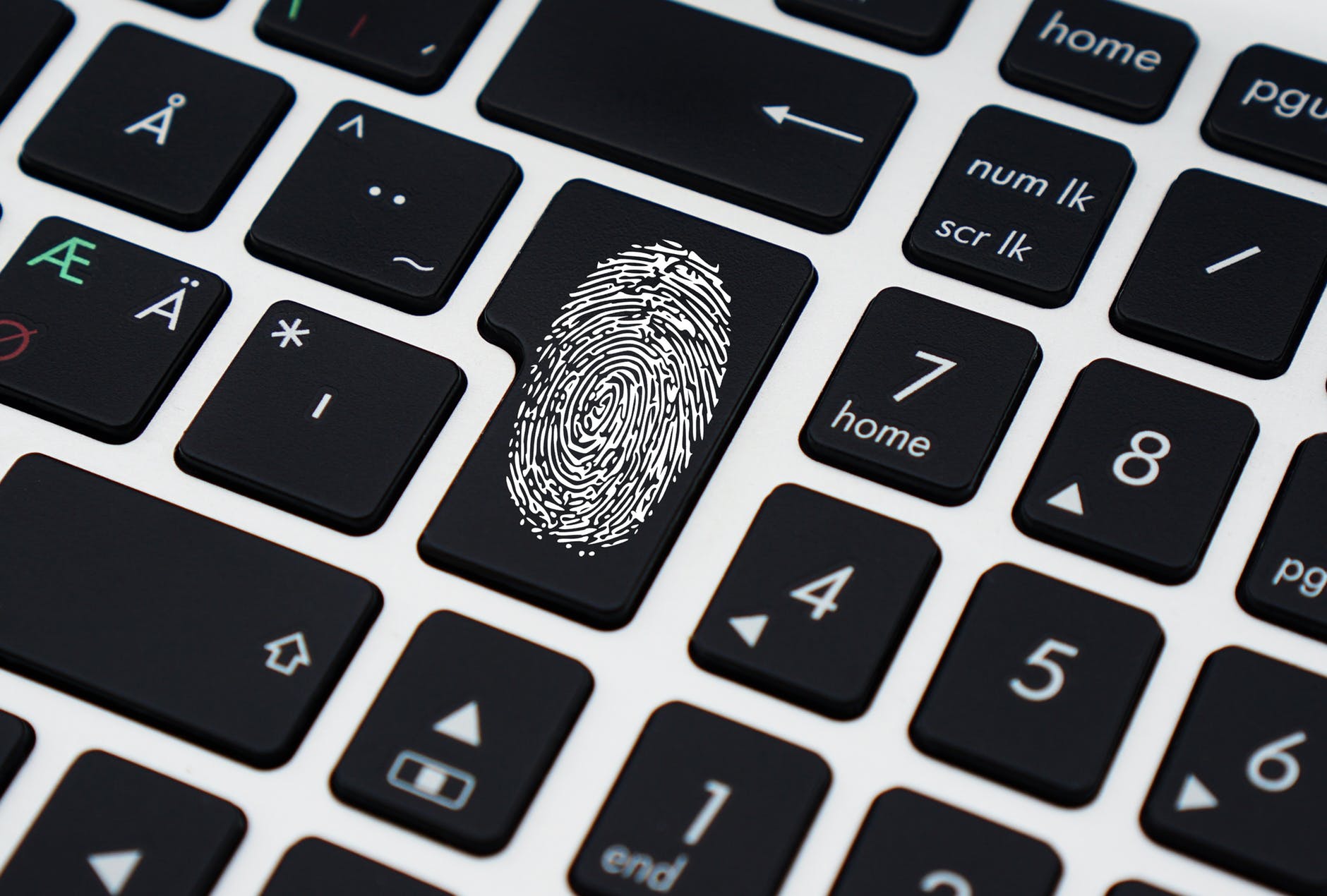With the latest innovation in technology, Mastercard has released a new way to pay at the checkout line. Mastercard has launched the Biometric Checkout Program.
This is a “first-of-its-kind” technology to help formulate standards for a new way to purchase, whether at a big box store or even your local mom-and-pop establishment. The program clearly defines a specific set of standards that all players, including banks, merchants, and tech providers must follow. It will ensure that all personal data is kept private and secure when people pay via this new biometric system.
What Are Biometric Payments?
Biometric payment is a type of point-of-sale technology that uses biometric authentication that relies on physical characteristics. Not only to identify the user but also to approve the deduction of funds from their bank account.
The most common type of Biometric payment method is fingerprint payment, as it uses finger scanning. Typically, the system uses two-factor authentication. How this works is that, instead of a credit card swipe, a finger scan is used and the customer would then enter their personal ID number as per usual.
Other biometric authentication methods can include the following:
- retina recognition
- face recognition
- DNA matching
- signature recognition
- voice recognition
- vein patterns
- iris recognition
How Do Biometric Payments Work?
Here is how one finger payment system would work:
1. The shopper signs up for a biometric payment card program at a store’s kiosk. They will need both a valid personal identification card and their bank account information.
2. The shopper can then scan their finger by using the store kiosk’s finger scan reader.
3. Once scanned, the finger scan reader encrypts “multiple point-to-point measurements” on the fingerprint and then stores this customer’s biometric information (including bank data) within a centralized database.
4. Whenever the customer returns to shop, they now have the choice to pay with the biometric payment option at the POS register. When they pay using the biometric payment, they scan their finger at the register by using the store’s electronic reader and enter their PIN code.
5. The role of the electronic reader is to compare the data captured from the new scan to the encrypted data already in the database. This is where the system will either approve or decline the payment authentication. If the transaction is approved, the money is electronically transferred from the customer’s account to the merchant.
The Advantages Of Biometric Payments
There are plenty of benefits to using Biometric Payments. Here are a few:
- Faster, more convenient payment experience;
- Don’t need to carry cash, checks, or credit cards
- Lower cost per transaction for the merchant
- Better security for the end user
The Disadvantages Of Biometric Payments
All new technology has some kinks that need ironing out. Here are a few:
The release of Biometric Payments has faced some scrutiny. Most citizens identify finger scanning with law enforcement. Plus, those who do oppose it are concerned that this personal information could end up in the hands of law enforcement officials or other government agencies.
To ease consumer worries, those that do provide Biometric payments offer reassurance by stating that the customer’s actual fingerprint is not kept in their database. However, they do keep an “encrypted number” that is gathered via the finger’s “point-to-point” measurements.
Revolutionizing The Checkout Experience
When it comes to Mastercard’s Biometric Checkout Program, it is all about convenience. Customers have the choice of enrolling in the program at home, in the store, via a merchant, or through an identity provider app.
Once they have enrolled, they simply check their bill and smile directly into a camera, or they can also wave their hand over a reader in order to make their purchase. Not only does Mastercard offer its users more choices for methods of payment, but it also offers a more secure and fast checkout experience.
Merchants have plenty to rave about as well. By using the Biometric Checkout Program, they will have higher security, shorter checkout lines, speedier transaction times, and even greater hygiene.
Plus, the payment system can be easily integrated with any current loyalty programs to aid customers in locating products that might be of interest to them, based on prior purchases.
In order to ensure that this payment system reaches a global scale, Mastercard is partnering up with the following companies: NEC, Payface, Aurus, PaybyFace, PopID, and Fujitsu Limited. All these companies must adhere to certain specifications, standards, and guidelines that will provide the highest level of security.
Biometric Payments May Be The Answer
In spite of some of the controversy surrounding Biometric Payments, it may actually be the solution to the growing interest in contactless payments and the need for more transaction security.
By using Biometric Payments, consumers will have the option of using this contactless payment method in order to have a speedier checkout process with robust security. This is especially true since Biometric Payments use stronger authentication methods.


